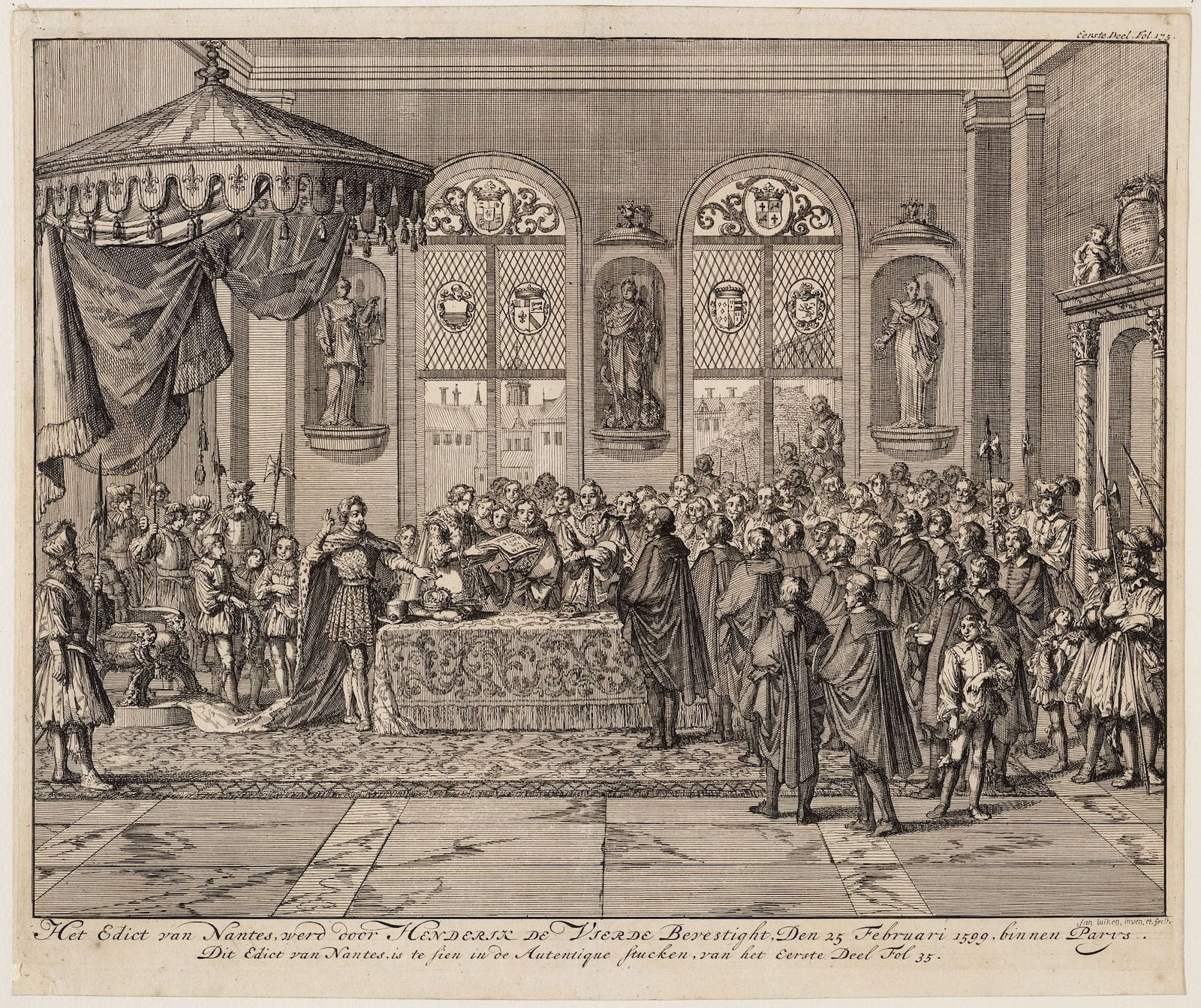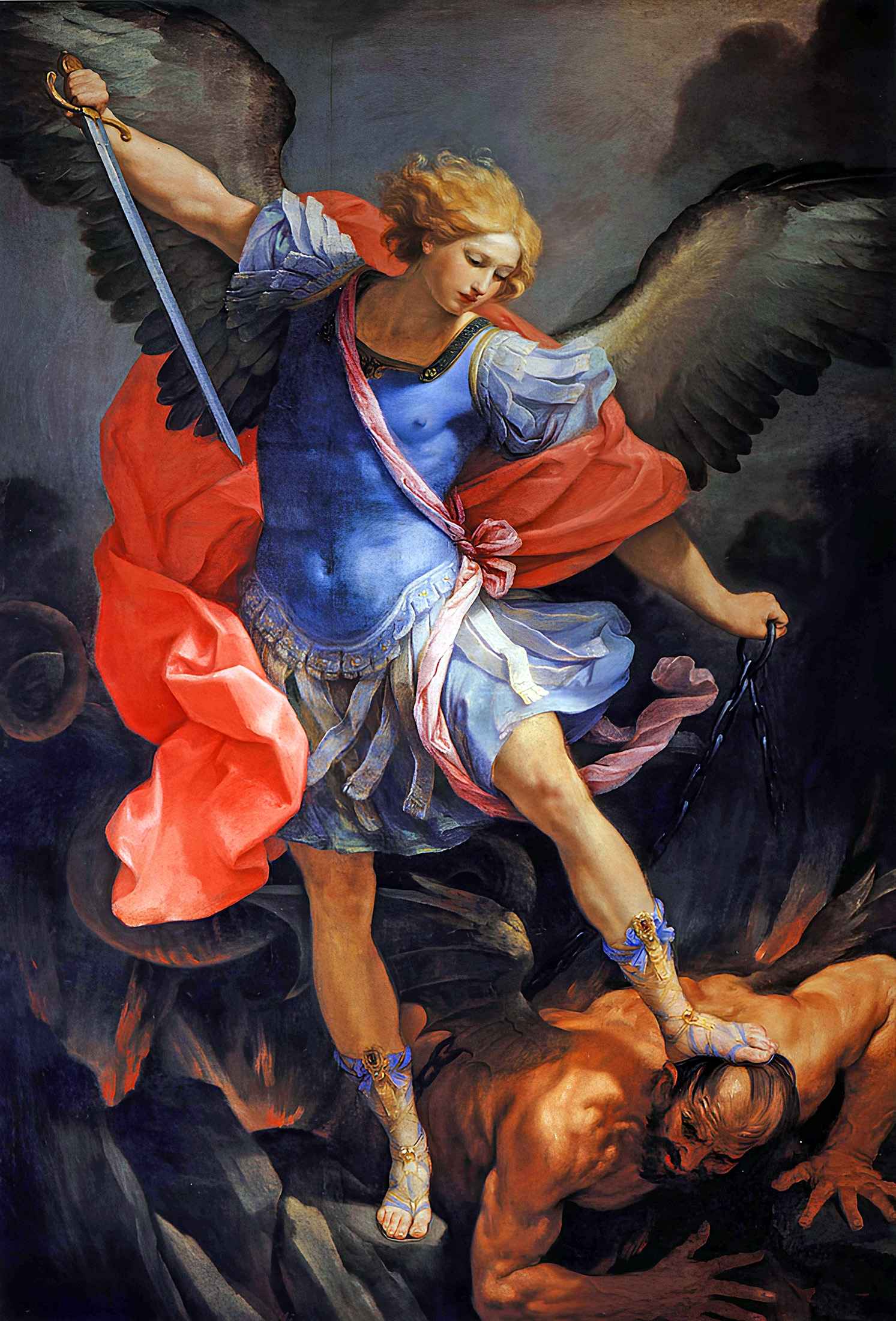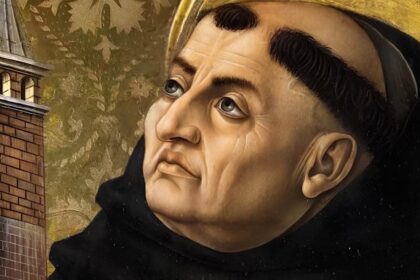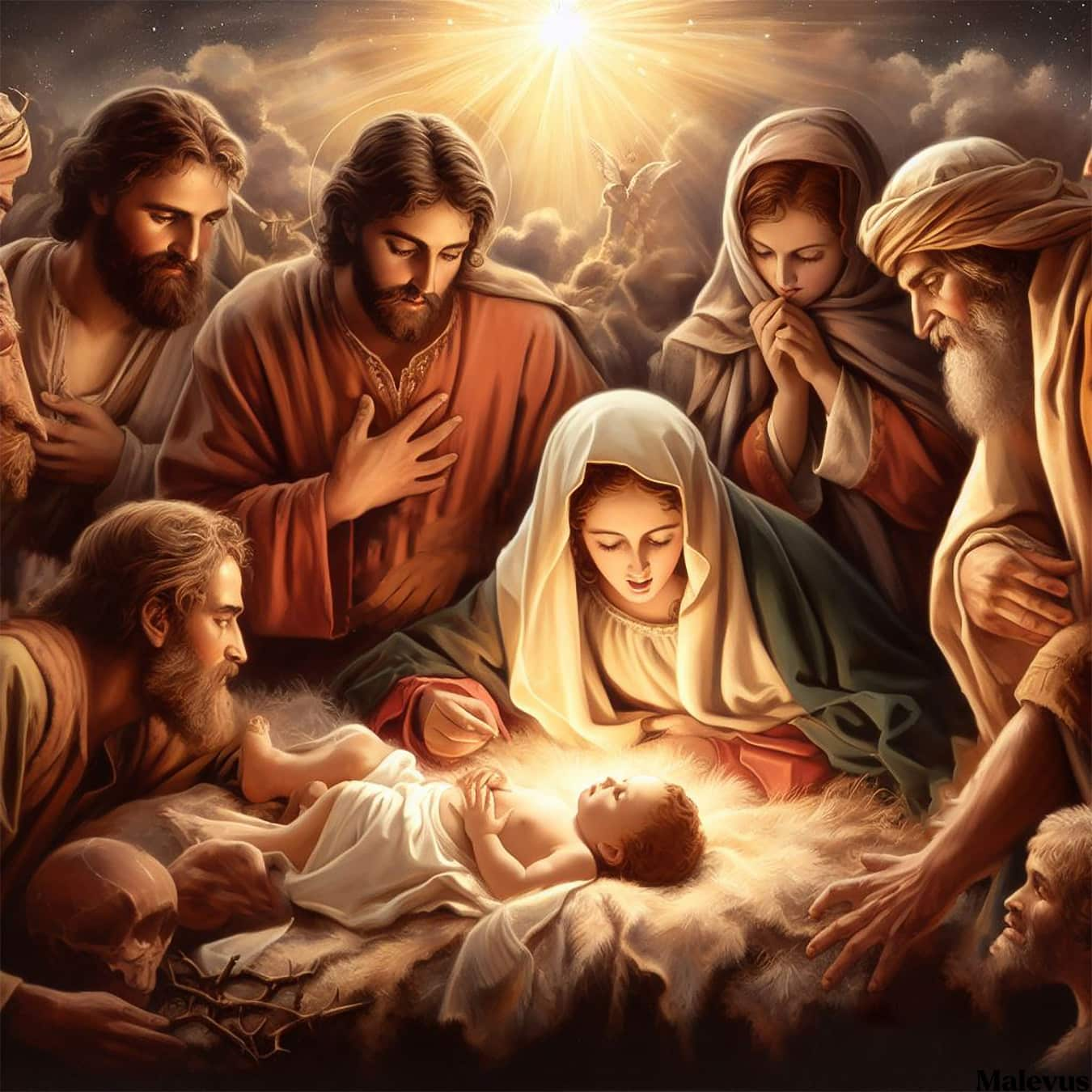Henry IV signed the Edict of Nantes in 1598, after decades of religious conflict had ravaged the Kingdom of France. Before becoming a Catholic in 1593, Henry IV was a Protestant. As the only survivor of the St. Bartholomew’s Day massacre, the monarch was determined to bring about religious harmony in his realm. He was familiar with the devastating effects of such insular disputes. Articles in the edict aim to facilitate peace between Catholics and Protestants. Protestants were thus given the right to religious liberty. The latter had sheltered themselves inside fortified cities. Louis XIV, his grandson, was destined to ruin his ancestor’s hard work. The Sun King (Louis XIV), at heart a devout Catholic, issued the Edict of Fontainebleau in 1685, rescinding the Edict of Nantes and forcing the Reformed (Protestants) to leave France en masse.
When was the Edict of Nantes signed?
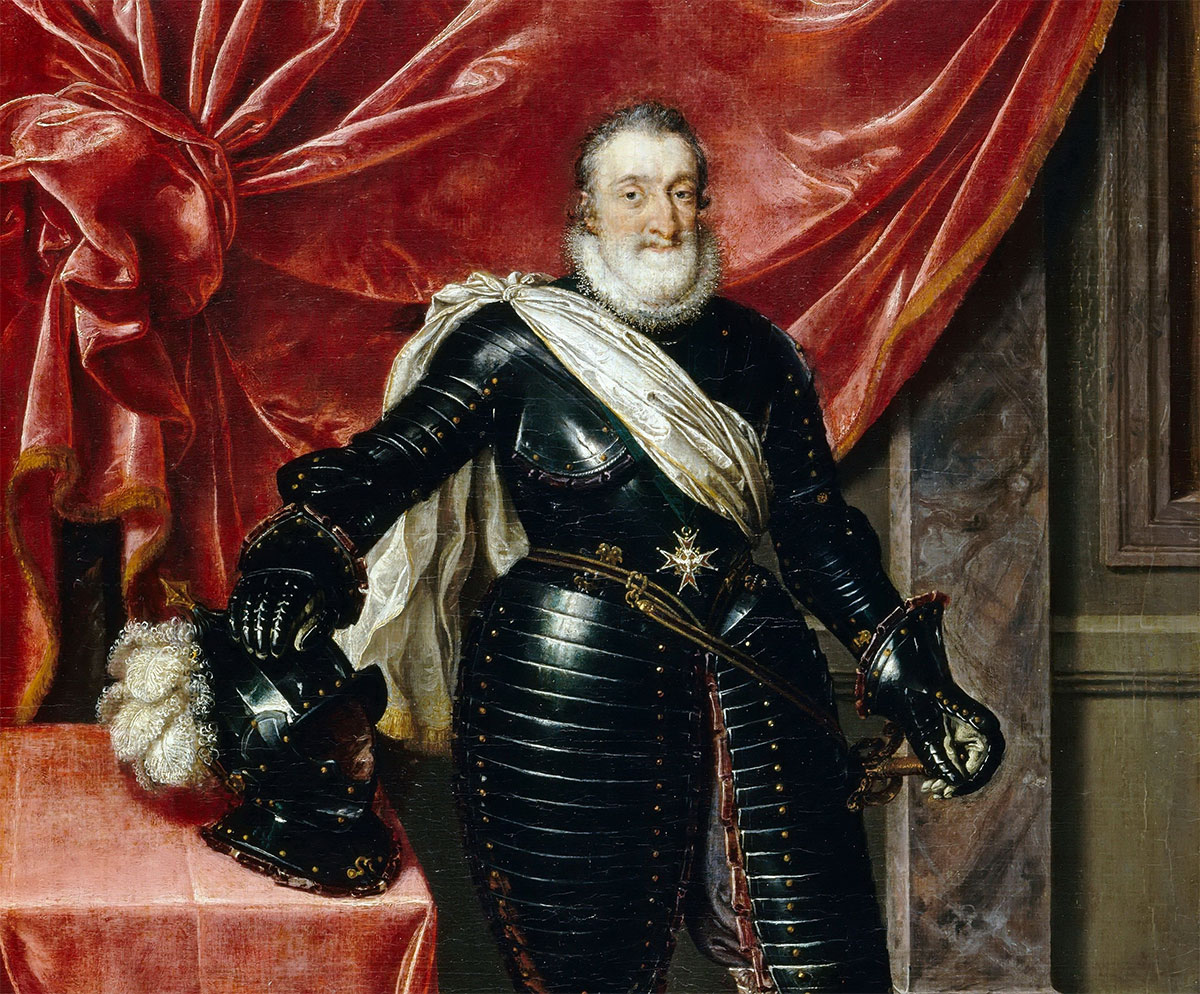
The Edict of Nantes was signed by King Henry IV on April 13, 1598. This sovereign act was meant to ease tensions between Catholics and Protestants. Since 1562, followers of the two faiths have been at war with one another. St. Bartholomew’s Day was only one of eight violent civil wars that ravaged the kingdom. There were 92 articles in the Edict of Nantes. It was the result of several years of negotiations to ensure the internal stability of the kingdom. When first issued, the Edict of Nantes was met with resistance from both populations. In 1599, talks were set in motion and eventually concluded.
Is the Edict of Nantes an edict of tolerance?
The relationship between the two faiths was the primary focus of the Edict of Nantes. Tolerance was therefore recast as the concept of living together in this context. The Edict of Nantes established a set of regulations that must be followed. A closer look at these regulations, however, reveals that the edict was biased in favor of the Catholic faith. Certainly, civic and political rights, as well as the freedom to practice their religion were guaranteed to Protestants but this was not the case everywhere. In addition, a new tax was imposed on Protestants.
How did the Edict of Nantes affect Protestants?
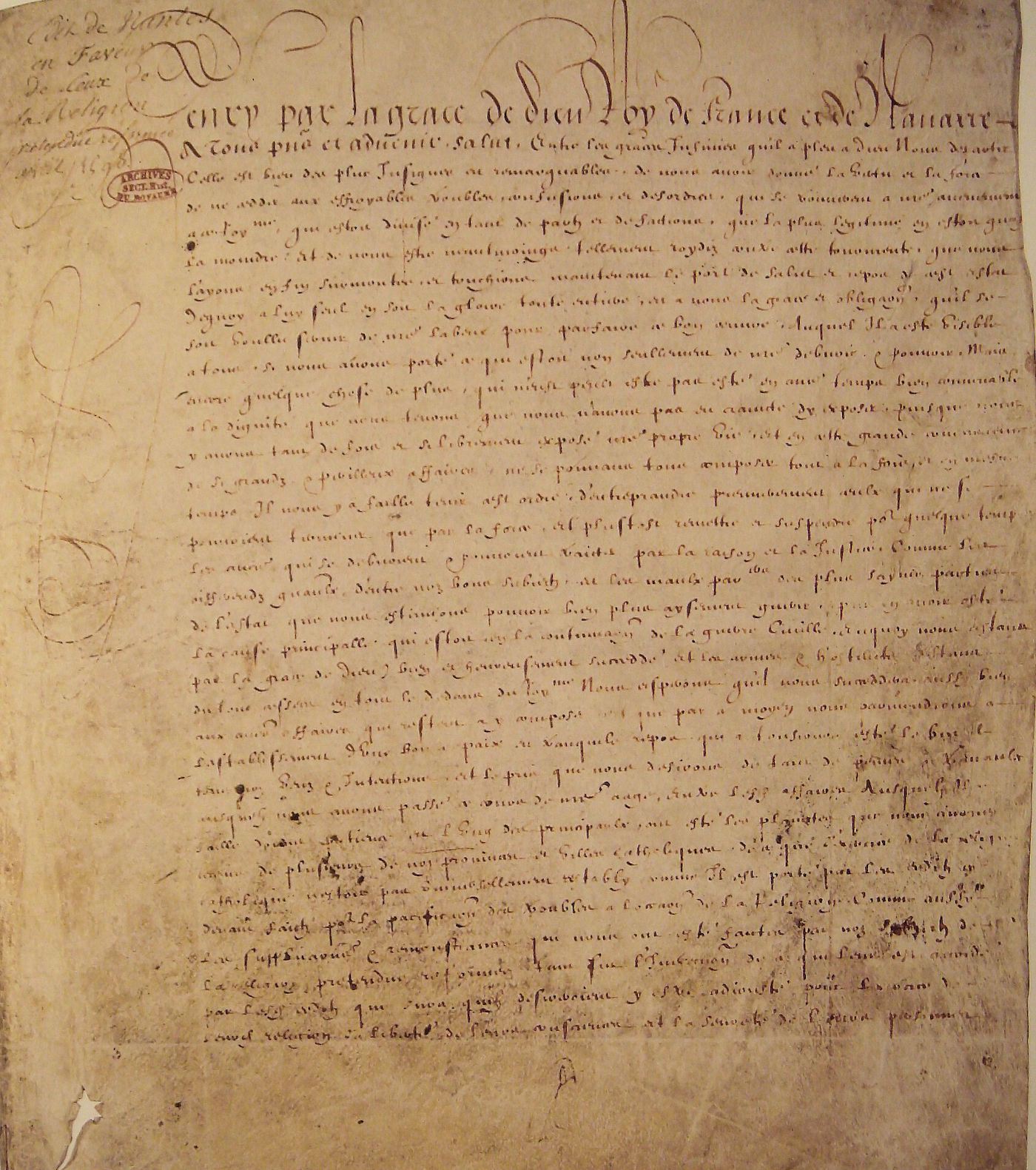
Among Protestants, conditions varied after the Edict of Nantes was implemented. They were tried in tribunals presided over by fellow Protestant magistrates in more progressive municipalities like Bordeaux. In other cities such as Lyon or Toulouse, Protestants still weren’t allowed to practice their religion openly. There were a total of 150 safe havens, including forts, palaces, and manors, where Protestant nobles and their families could reside. Garrisons could be set up to protect these havens from potential attackers. They provided a safe haven for Protestant academies that educated future pastors.
When did the revocation of the Edict of Nantes take place?
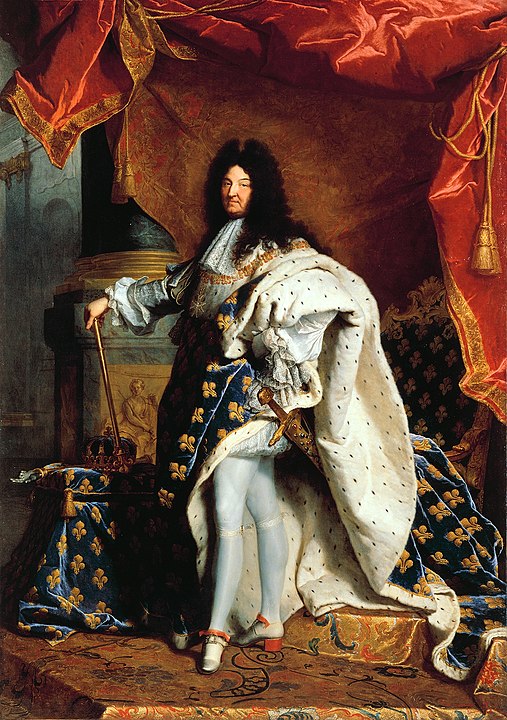
Beginning in 1681, Louis XIV ordered his dragoons to employ violence against the French Huguenots in an effort to win them over. Finally, on October 18, 1685, the Edict of Fontainebleau repealed the earlier Edict of Nantes. Protestantism was outlawed in a new edict approved by King Louis XIV. As a devout Catholic, the King had spent years trying to stamp out the practice. Protestants, in his estimation, were a small minority who had an unhealthy obsession with England and Northern Europe.
Protestants, also known as the Reformed, continued to leave France in large numbers after the Edict of Fontainebleau was issued, settling in countries like Germany and the Netherlands. 200,000 Protestants left France between the years 1679 and 1700. Nonetheless, after 1685, they were no longer allowed to leave the country. Protestants were pressured into becoming Catholic. Only 45 Protestants were “officially” living in France in 1686. The false conversions could not be counted.


